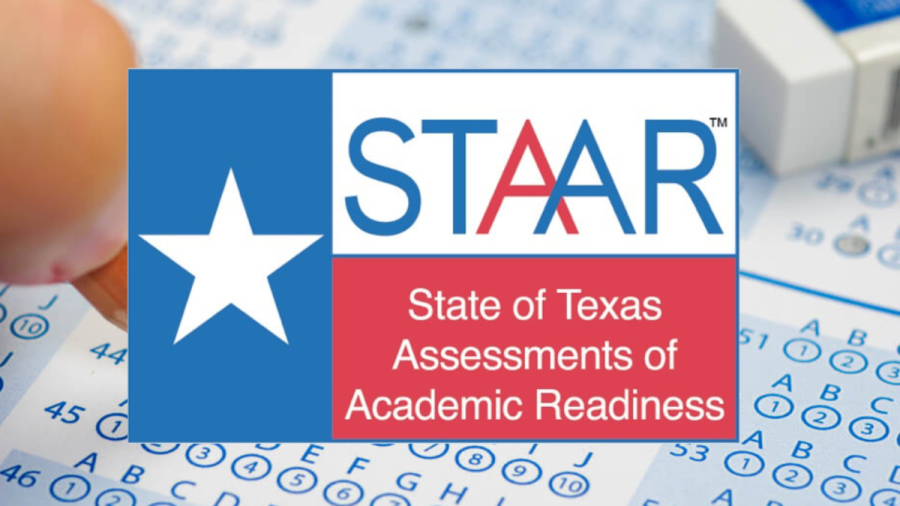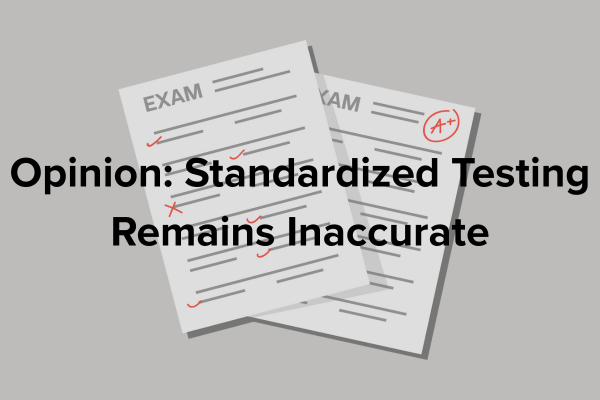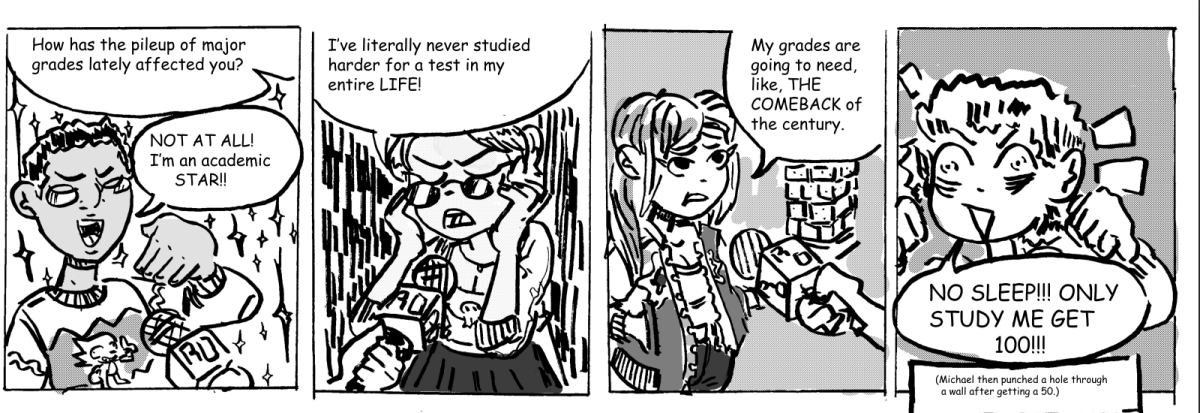STAARs, exams, & finals, oh my!
Schools use standardized tests to evaluate and record student progress, and program effectiveness and measure student achievement. Every spring, high school students balance preparations for STAAR EOC testing, SATs, AP exams, finals, and staying on top of routine classwork.
Testing occurs back-to-back in the springtime putting unreasonable pressure on students.
The American public school system started using testing as early as the 1800s, and the No Child Left Behind Act further cemented its significance in public school education. However, this system hurts students. Students all over the country believe the College Board wants students to fail their exams. Some teachers encourage students to make an 80 or above to exempt their class finals. In addition, students, such as myself, experience testing anxiety that impacts our mental wellbeing and interferes with our ability to do our best on tests.
Also, students from low-income families often work one or more jobs to supplement the family income. They don’t have much time to study or work on homework outside of class. These tests place students of color and students from low-income families at a disadvantage. The Equal Opportunity Act made strides in equality for minority and low-income students in schools, but there is a long way to go. Students don’t have control over these situations, so why is the Texas Education Agency (TEA) adding even more stress to these students’ lives? If teachers and the school boards were able to reduce student stress by changing the standardized testing system, dropout rates would lower and more students would want to pursue higher education.
Testing is not an accurate measure of a student’s knowledge or program effectiveness. Between 73-98% of students admit to cheating on tests, finals, and class exams. Students cheat for a plethora of reasons from laziness to high achievers wanting perfection. I know I would rather be treated by a doctor who learned in medical school than a valedictorian who cheated through medical school.
Small-scale testing should be used as a way for teachers to gauge what concepts need clarification, but major standardized tests should hold less value than class grades. A large portion of high school classes, especially AP, dedicate most class time to reviewing test-taking strategies and learning curriculum on the back burner. Instead, school boards and teachers should focus on teaching students actual information they can apply to their future educational opportunities, jobs, and life in general.
















